When schools began to close in March 2020 due to COVID-19, school nutrition programs rapidly became feeding centers in their communities. Instead of serving students in cafeteria lines, schools were on the front lines of a global pandemic, providing critical meals to those in need.
Within days, their programs pivoted operations to distribute meals from refrigerated trucks, curbside locations, and school or city buses in their communities, without any indication of reimbursement for essential costs, to ensure their students remained well-fed during the crisis. And, as rates of unemployment, illness, and food insecurity grew, many families turned to school meals for much-needed relief.
Now, with school nutrition professionals #BackInTheGame, they face new challenges of supply chain disruptions, regulatory changes, and rising costs. We are so grateful for their continued commitment and dedication to their students and communities!
Thank you to the New Jersey School Nutrition Association for sharing their incredible stories and the impact of this work.

Join the Conversation
The latest news and headlines from Urban School Food Alliance
Urban School Food Alliance Launches District Pilot Project to Revolutionize School Food Procurement for Healthier Meals
Oct 11, 2025
Efficient procurement serves as a powerful lever for driving meaningful outcomes in school nutrition programs....
Baltimore City Public Schools: Behind the scenes: How City Schools’ Food and Nutrition team prepares for the new school year
Oct 2, 2025
Back-to-school means different things to different people, but for the Food and Nutrition team, it marks the...
Urban School Food Alliance Membership Welcomes Baltimore County Public Schools as Newest Member, Increasing Reach to 4.5 Million Students
Sep 29, 2025
USFA Expands Membership furthering vision of being the leading change agent for school nutrition WASHINGTON,...
TIME: Why It’s So Hard to Make School Lunches Healthier
Aug 25, 2025
Students at the Tahoe Truckee Unified School District in California dine on locally sourced fruits and...